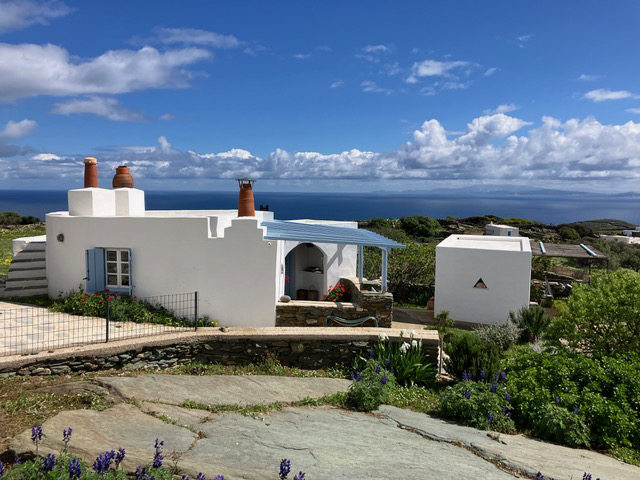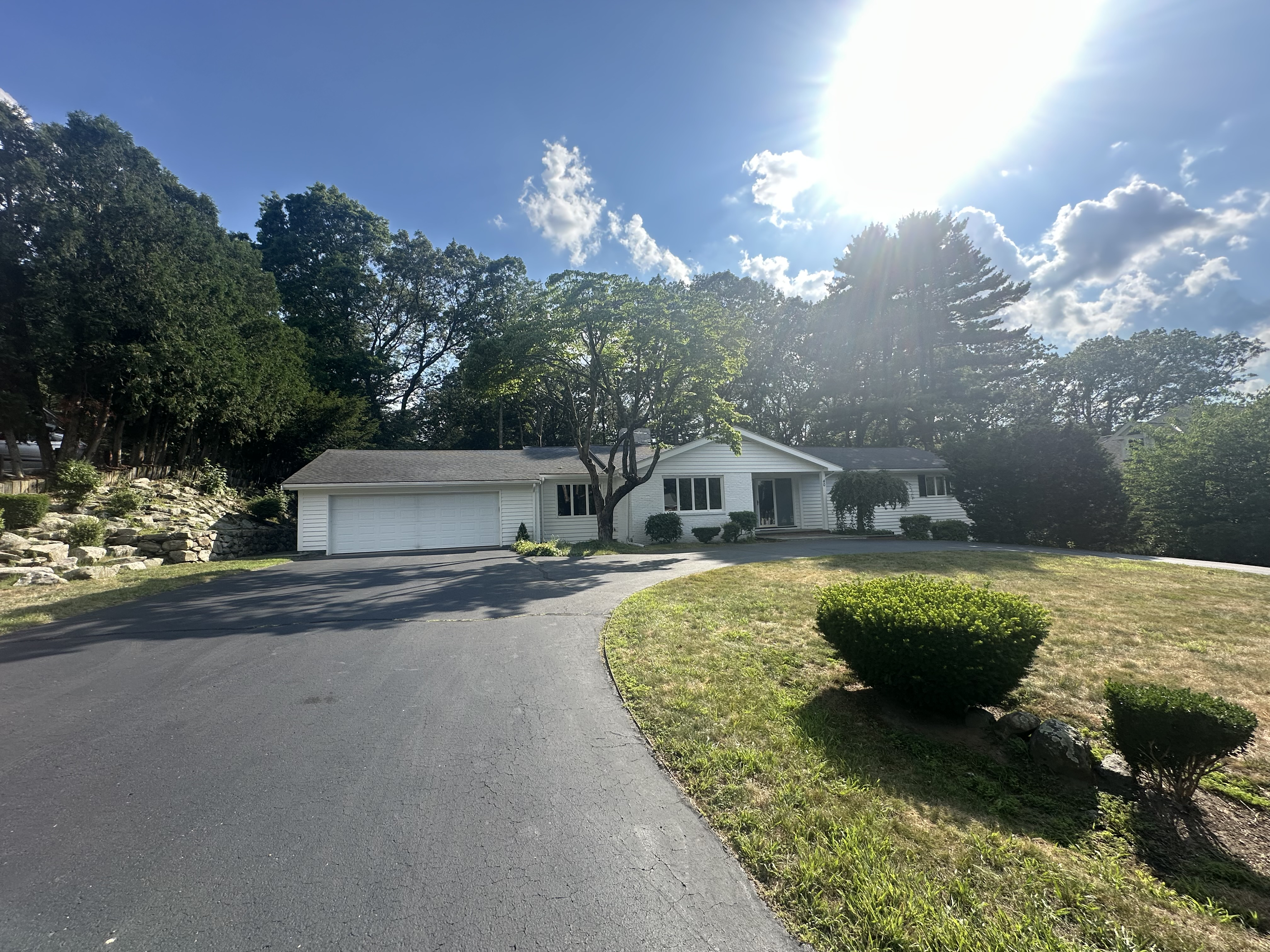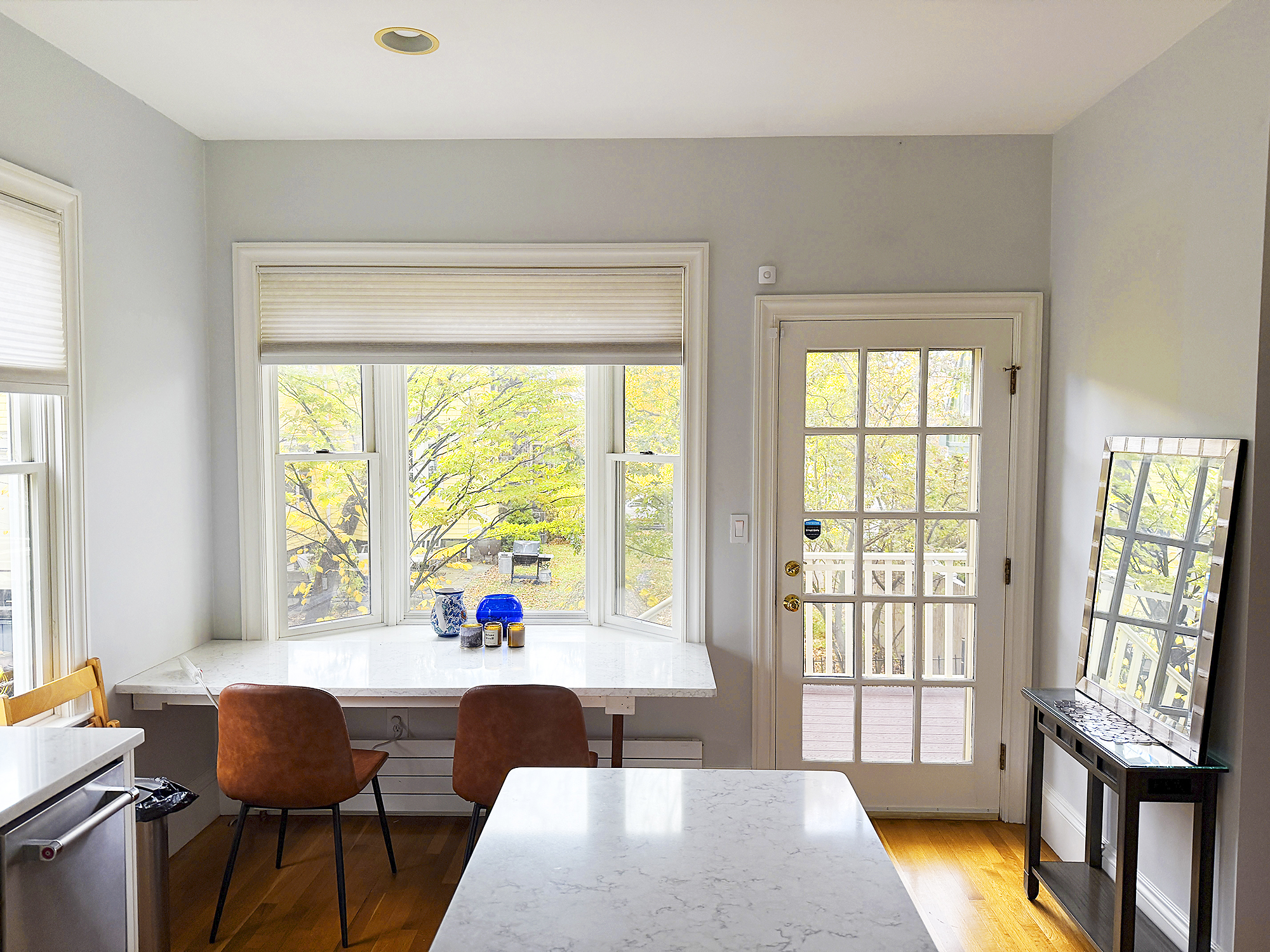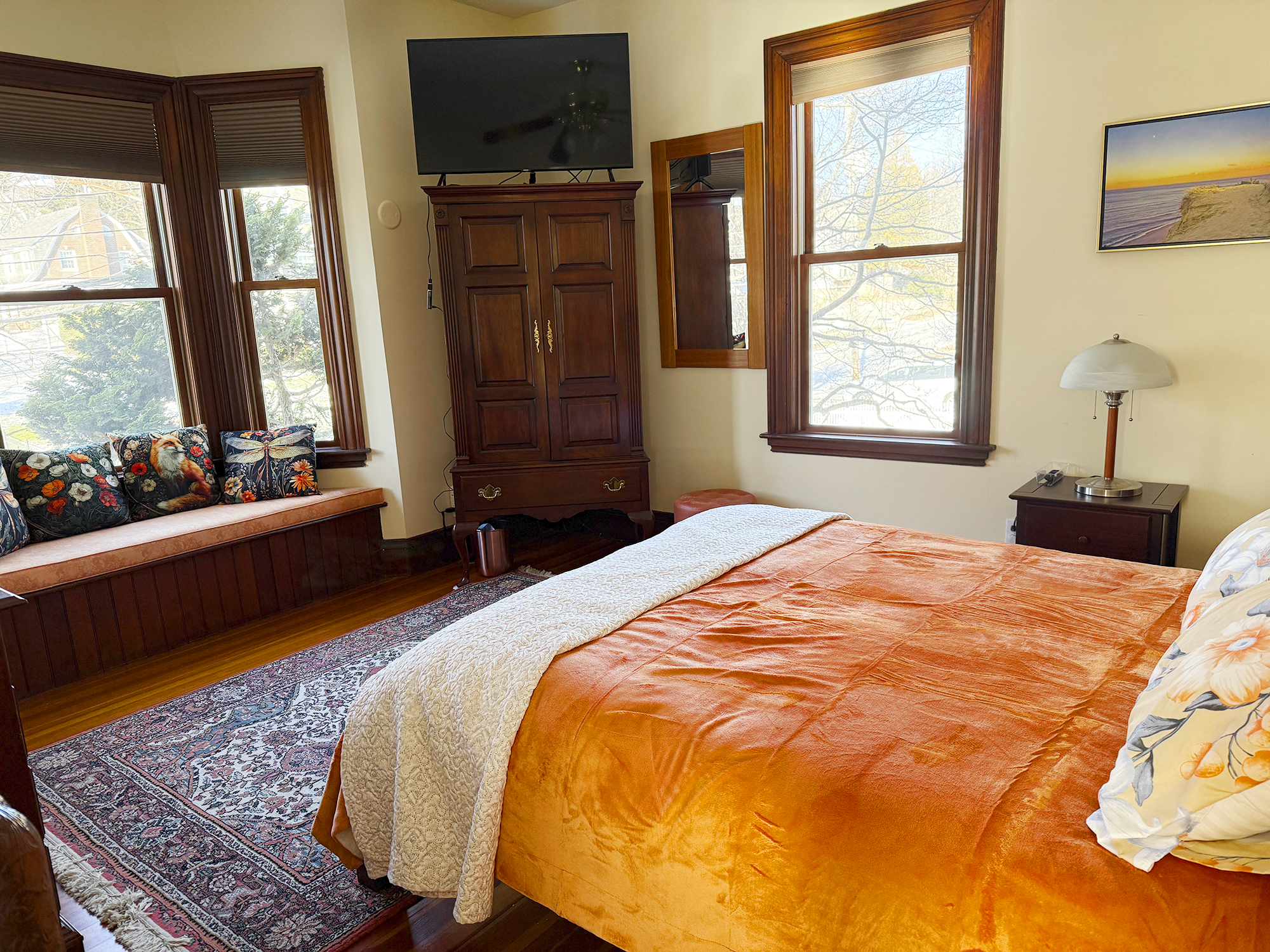Real Estate for Sale
Greece Real Estate

For sale. Beautifully restored cottage & 3 outbuildings on 1.5 acres, Sifnos Island, Greece. Gorgeous unobstructed view of Aegean Sea and Cycladic Islands. Easily accessed. Close to beaches and shopping. Contact: rinxem@hotmail.com. Harvard '83 graduate.
Massachusetts Real Estate

Belmont Hill. Belmont's premier neighborhood and school district. ~4,400 sq. ft. including finished walk-out lower level. 7 bedrooms, 3.5 bathrooms, 2 fireplaces. Expansive half-acre lot with room for pool and/or tennis court. Minutes from Cambridge, Boston, and top employers, universities. rcoop11@gmail.com. Harvard alum.
South America Real Estate
Argentina Beckons: Own 16,600 acres of stunning conservation and agricultural land in Salta Province, NW Argentina. Harvard-alum-owned. Design your dream retreat across terrain that climbs from 3,000’-10,500’, with two clear rivers and twin 8-meter waterfalls. A rare legacy opportunity. Hank@CondorValley.com, www.condorvalley.com (Tipal parcel).
Real Estate for Rent
Massachusetts For Rent
 ,
,  ,
,  ,
,  ,
, 
Cambridge area: Stunning, luxurious, fully furnished artist/designer's home. 10 minutes to Harvard. Serene oasis for 1-3 gentle non-smokers. Flexible options: rent a suite of rooms or whole house. Sorry, no pets. Showing by appointment. Owner: Text 617-512-1594. Email: breathebright@aol.com.



